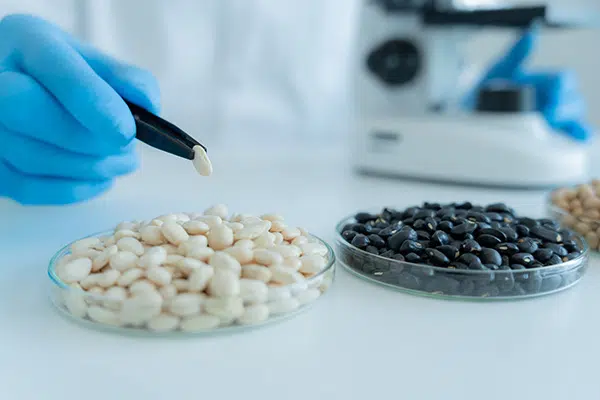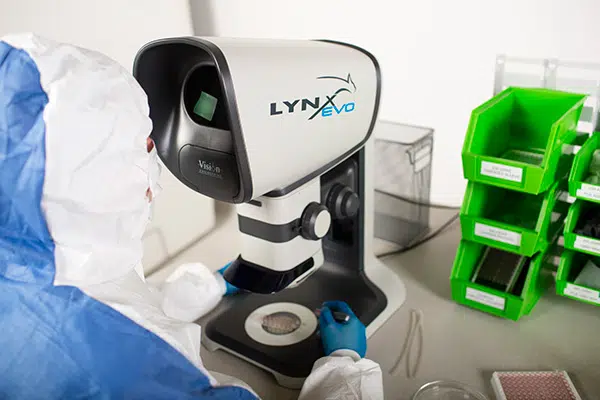
Customer:
Germplasm Bank of Wild Species (GBOWS), Kunming Institute of Botany, Chinese Academy of Sciences
Sector: Seed conservation, botanical research
Application: Visual inspection and documentation of wild seed specimens
The Germplasm Bank of Wild Species (GBOWS) is China’s largest repository for the conservation of native and wild plant seeds. Based at the Kunming Institute of Botany, GBOWS plays a critical role in protecting biodiversity, supporting ecological restoration and supplying essential data for research on plant adaptation and resilience. It works closely with field researchers to collect and preserve seeds from across China, including rare and endangered species.
The Challenge
GBOWS conserves a wide range of native and wild plant species, many of which are rare or endangered. Researchers needed to inspect and assess thousands of seed samples collected in the field. Traditional microscopes caused eye strain and made collaborative assessment difficult. They also required a clear, distortion-free image to study seed morphology and identify viable samples for storage.
The Solution
The team introduced Lynx EVO stereo microscopes across key inspection stations. Its unique eyepiece-less optical viewing system allows researchers to work in a natural posture while viewing high-resolution, 3D stereo images through the viewer. This makes long sessions more comfortable and allows teams to view the same sample together.
Key benefits:
- Clear, high-contrast imaging of complex seed structures
- Comfortable viewing posture to support long inspection sessions
- Easier team-based working and training without traditional eyepieces
- Clean, undistorted image supports accurate morphological assessment
The Outcome
Researchers at GBOWS reported improved working comfort and better collaboration during the seed inspection process. The Lynx EVO system helped them reliably identify high-quality seed samples for conservation, contributing to the ongoing preservation of China’s native plant biodiversity.

FAQs
Q: Why is seed inspection important in conservation?
A: Detailed visual inspection helps researchers assess the viability and health of seed specimens before long-term storage in germplasm banks.
Q: What makes Lynx EVO suitable for this task?
A: Lynx EVO provides clear stereo imaging without eyepieces, which improves comfort, reduces fatigue and supports team-based working.
Q: Is Lynx EVO used for other conservation tasks?
A: Yes. It can also support research into plant anatomy, fungal spore analysis and other biological specimen inspection.
Q: Does the system support image capture or sharing?
A: Yes. Optional digital camera modules allow users to capture and share images for documentation, analysis or teaching.













